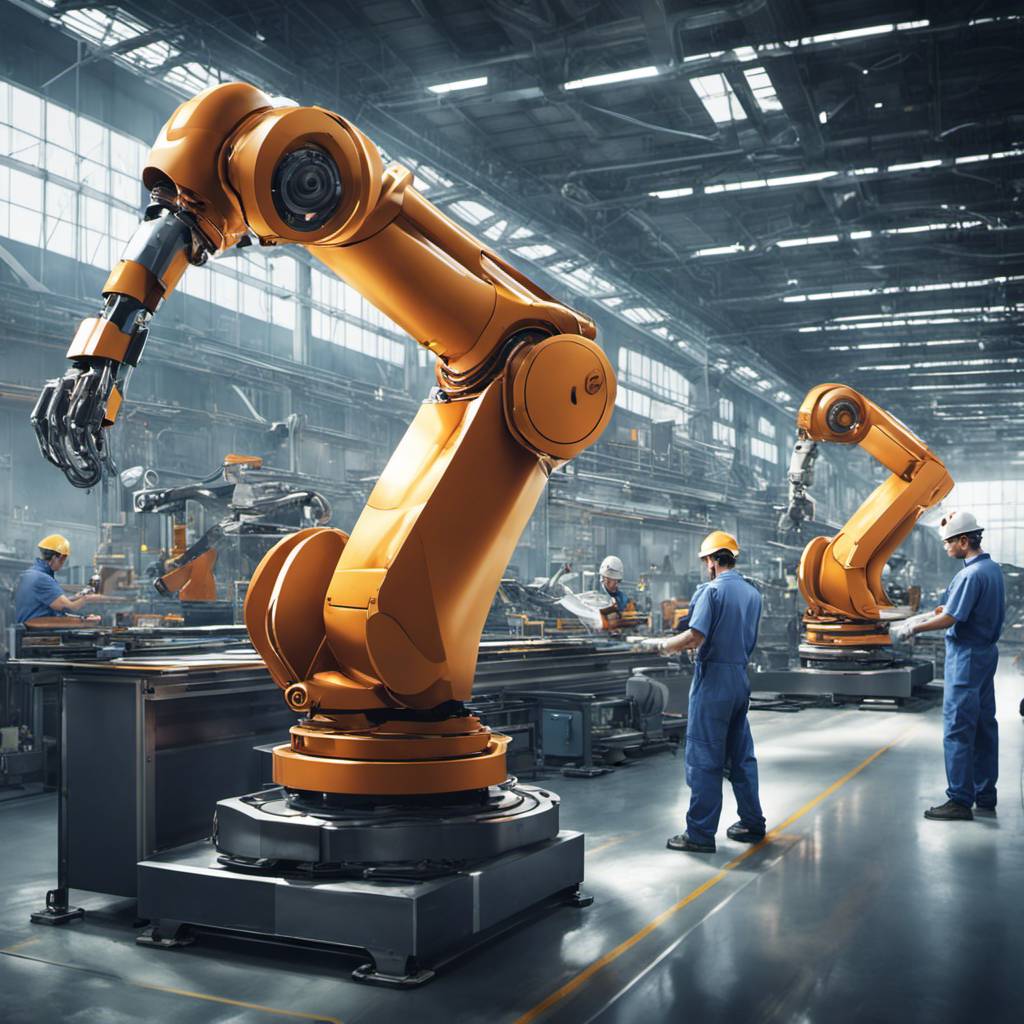Hickey Metal Fabrication, an Ohio-based company, has recently increased productivity by integrating robotic press brakes into their production process. The company initially installed a TRUMPF TruBend 5230 press brake, paired with a BendMaster 150 robot in 2021. The success of this automated bending cell led to the addition of a second press brake, the TruBend 5170, which operates in conjunction with a BendMaster 60 robot.
However, the implementation of these robotic press brakes was not an instant success. The company invested over a year in identifying suitable parts for the cell, training staff to operate the machinery, and ensuring seamless integration with their existing fabrication processes. Adam Hickey, a company vice president, noted that the process of preparing an operator for the cell took approximately six months, contrasting with the couple of weeks required to train someone on a modern fiber laser cutting machine.
The decision to turn to automation was driven by the company’s need to handle 10 to 15 heavy parts that were not weighty enough to necessitate a crane but were too cumbersome for manual handling. The robotic press brake proved to be an efficient solution, capable of handling parts weighing up to about 240 lbs.
One example of the benefits of automation is seen in the production of a 115-lb., 102-in.-long steel part that required five bends and two flips during the forming process. Previously, two operators would produce 40 or 50 of these parts in a shift. With the robot, productivity increased to 130 parts per shift.
The robotic press brake has also contributed significantly to the safety of the workplace. Hickey said, “Safety is by far the No. 1 reason why we installed this,” but added that it has also boosted productivity.
The success of the first robotic press brake led Hickey Metal Fabrication to plan for another one on the opposite side of Building 7, focusing on lighter parts. The new cell is equipped with grippers for smaller parts like brackets, allowing for continuous production over skeleton shifts.
The transition to automated bending has allowed operators to focus on lighter parts, enhancing job satisfaction as they no longer have to handle heavy and repetitive parts. However, the learning curve for operating these robotic cells is steep.
For example, Hickey Metal Fabrication discovered the necessity of a magnetic sheet fanner to prevent the robot from picking up multiple sheets at once. Moreover, operators need to understand different metal characteristics, springback effects, and how decisions at the bend cell impact downstream operations.
The use of high-tech equipment like robotic press brakes is increasingly common in industries such as electronics and computing where precision and efficiency are paramount. In this digital age where programming languages and coding are essential skills, Hickey Metal Fabrication’s experience offers valuable insights into the integration of automation in traditional industries.
In conclusion, Hickey Metal Fabrication’s adoption of robotic press brakes demonstrates how traditional manufacturing processes can be modernized through automation. The company’s experience provides important lessons for others in the industry considering similar technology upgrades, particularly in understanding the time and resources required for successful implementation.
